Metal roofing has traditionally been a popular choice for commercial buildings, but nowadays, homeowners are also realizing its many advantages.
- Investment savvy: Metal roofing proves to be cost-effective in the long run as it outlasts other roofing materials like asphalt shingles. In fact, some types of metal roofing can last up to 100 years with proper care.
- Low maintenance: Metal roofs require little maintenance, saving you time and money on repairs and replacements.
- Energy-efficient: Different types of metal roofing can help reflect the sun’s rays, keeping the inside of your home or building cooler during hot weather.
- Versatile: Available in various styles, finishes, and colors, metal roofs offer an appealing option for Minnesota homeowners who want to enhance their home’s curb appeal.
- Fire-resistant: Made from non-combustible materials, metal roofs do not catch fire or contribute to the spread of flames in the event of a fire
Installing a metal roof on your home or office can bring you many benefits. So, the real question is, which type of metal roofing is best for you?
What are the different types of metal roofing?
Let’s look at 5 types of metal roofing materials and discuss their top pros and cons.
 Steel Roofing
Steel Roofing
Steel roofing is the most common type of metal roofing. Whenever you hear someone referring to metal roofing, they usually mean steel.
Steel is an alloy made from iron and other elements and has remained a staple for commercial buildings. It’s typically the most cost-effective of the 5 types of metal roofing on this list and is resistant to cracking, chipping, and warping. It also boasts a 140-mile wind rating, which is a huge advantage for the Midwest.
Pros:
- Affordable
- Durable
- Low Maintenance
The only downside of steel roofing is that it’s less resistant to corrosion when compared to other types of metal. It’s also heavier in weight and has the shortest lifespan of other metal materials. However, it still has an average lifespan of 40-60 years, which is significantly higher than other materials.
Cons:
- Prone to rust and corrosion
- Heavier metal
- Shorter lifespan
 Aluminum Roofing
Aluminum Roofing
Looking for a roofing material that’s lightweight, durable, and corrosion-resistant? Aluminum roofing might be the perfect solution for you.
Not only can it last for up to 50 years or more, but it’s also highly reflective, meaning you can reduce energy costs in the summer heat.
Before you make a decision, it’s important to note that aluminum roofing can be more expensive than steel roofing. This is due to its lower demand compared to steel, which also translates to limited style and color options.
Additionally, aluminum is more prone to denting than steel, which could be a concern if you live in an area prone to hail or falling branches.
Pros:
- Lightweight metal
- Corrosion resistant
- Energy efficient
Cons:
- Expensive
- Limited options
- Prone to dents
 Copper Roofing
Copper Roofing
Copper roofing is an extremely durable choice that can last nearly a century with proper maintenance. Its aesthetic appeal is also noteworthy, as it offers one of the most diverse and stunning appearances of any metal roofing type.
As copper is exposed to outdoor elements over time, it gradually oxidizes and forms a blue-green coating called patina. This results in natural variations in color that make each copper roof unique.
Copper roofing is also resistant to rust and corrosion. However, like aluminum, it’s more expensive than other types of metal roofing and typically requires special installation techniques, increasing labor costs.
Pros:
- Longer lifespan
- Corrosion resistant
- Gorgeous appearance
Cons:
- Expensive
- Limited supply
- Prone to dents
 Zinc Roofing
Zinc Roofing
Zinc is another long-lasting roofing option that can withstand the test of time with proper maintenance (up to 100 years!).
Over time, the zinc on the roof will develop a unique and striking patina layer that is both visually appealing and highly protective. This layer helps to shield the zinc from rust and corrosion, ensuring that your roof remains in top-notch condition for years to come.
Additionally, the patina layer adds an extra layer of durability to the roof, making it even more resistant to the harsh effects of the elements.
The only issue with zinc, besides its high cost, is that its patina formation can lead to the development of white residue in areas where water runs off your roof. Simply put, this can look very unattractive.
Pros:
- Longer lifespan
- Corrosion resistant
- Gorgeous appearance
Cons:
- Expensive
- Limited supply
- Unsightly residue
Tin Roofing
Tin roofing is made from sheets of steel that have been coated with a layer of tin to prevent rust and corrosion.
The tin coating also gives the roofing material a shiny appearance that can be quite attractive. However, tin roofing has been replaced by other types of metal roofing, such as steel, aluminum, and copper. Therefore, this option typically no longer exists.
Need a Metal Roofing Expert?
Metal roofing is undoubtedly a great option, especially in Minnesota where hail, strong winds, and heavy rain are no stranger. However, finding the right type of metal roofing for your home or business can be a daunting task. This is why it’s essential to seek the help of local roofing experts who specialize in the restoration and replacement of metal roofs.
Our team can guide you through all your options, ensuring you make the best decision for your needs.

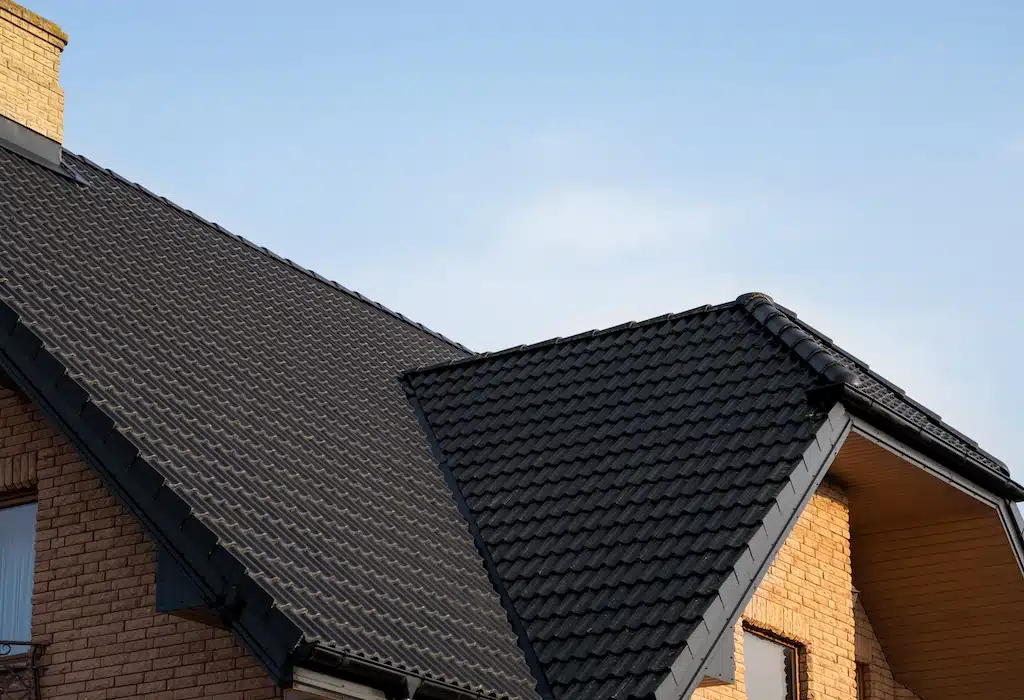
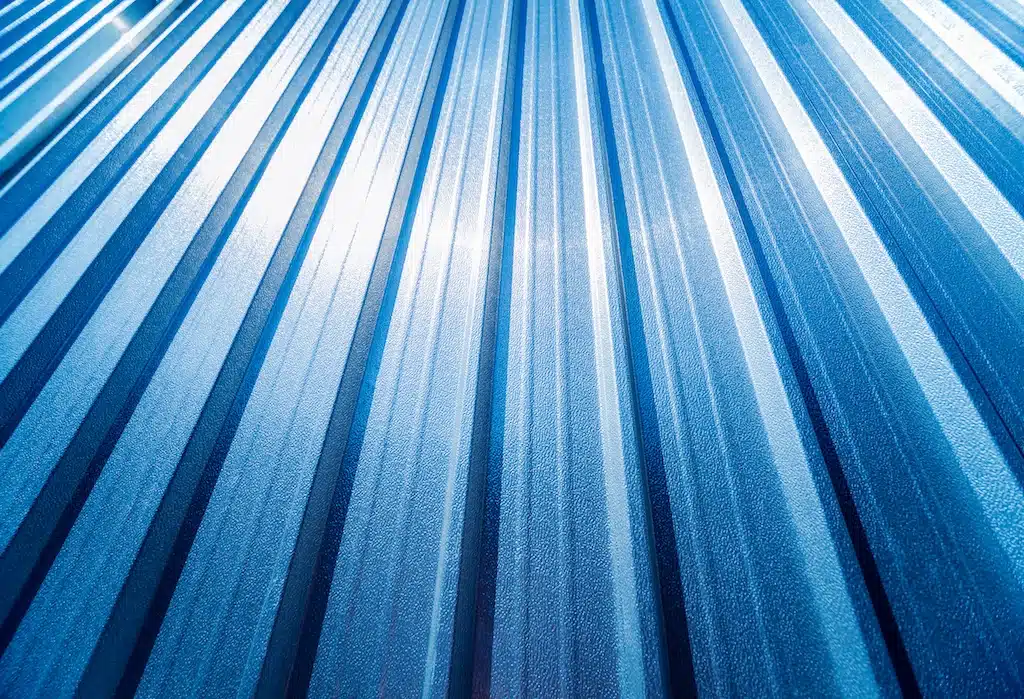 Steel Roofing
Steel Roofing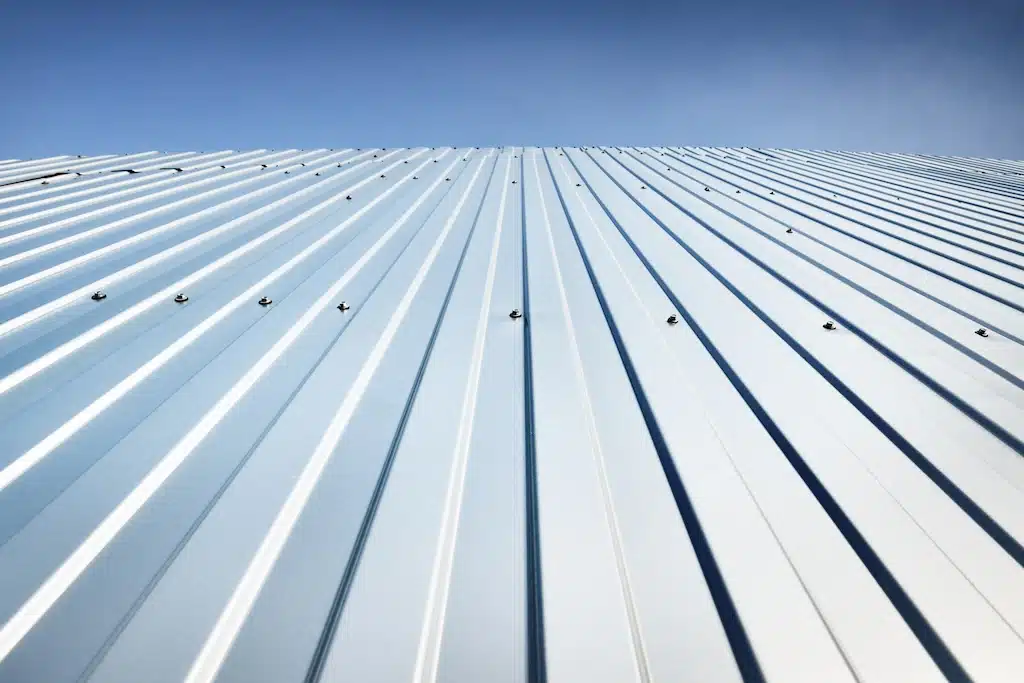 Aluminum Roofing
Aluminum Roofing Copper Roofing
Copper Roofing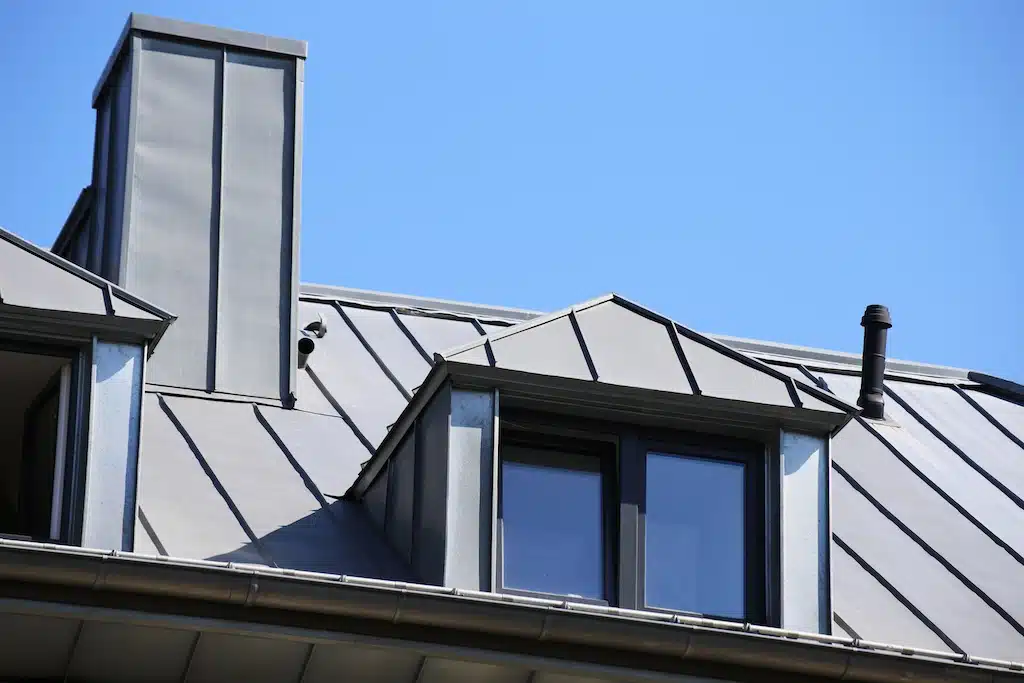 Zinc Roofing
Zinc Roofing